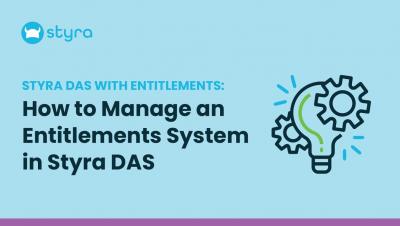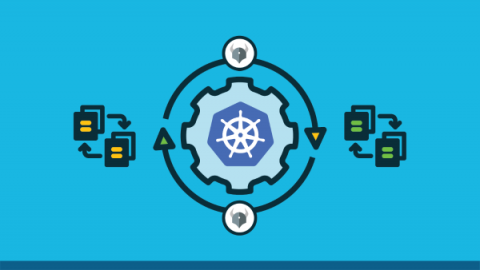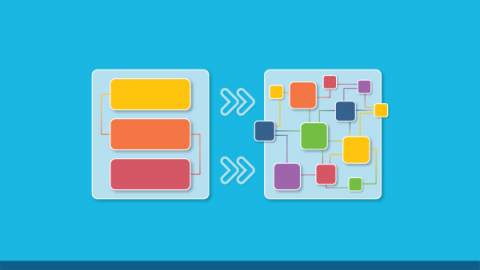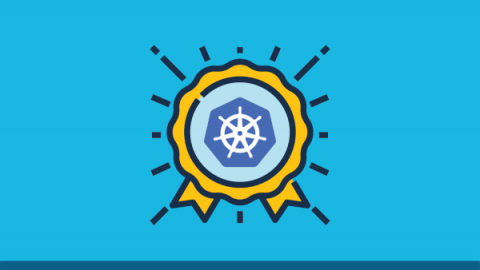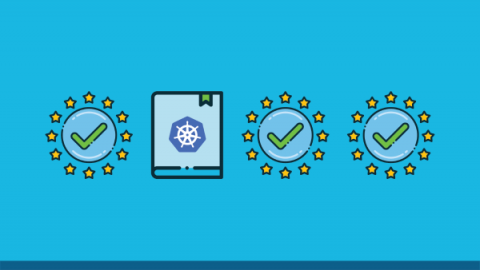How to Shape OPA Data for Policy Performance
In Tim Hinrich’s prior blog titled the Three-Body Problem for Policy, he dives into the interconnected relationship between policy, data and software. He identifies a key consideration when using OPA — that “policies can only be evaluated when provided with the correct data.” The full blog is well worth the read to better understand the role of data and its correctness in your policy implementation.



